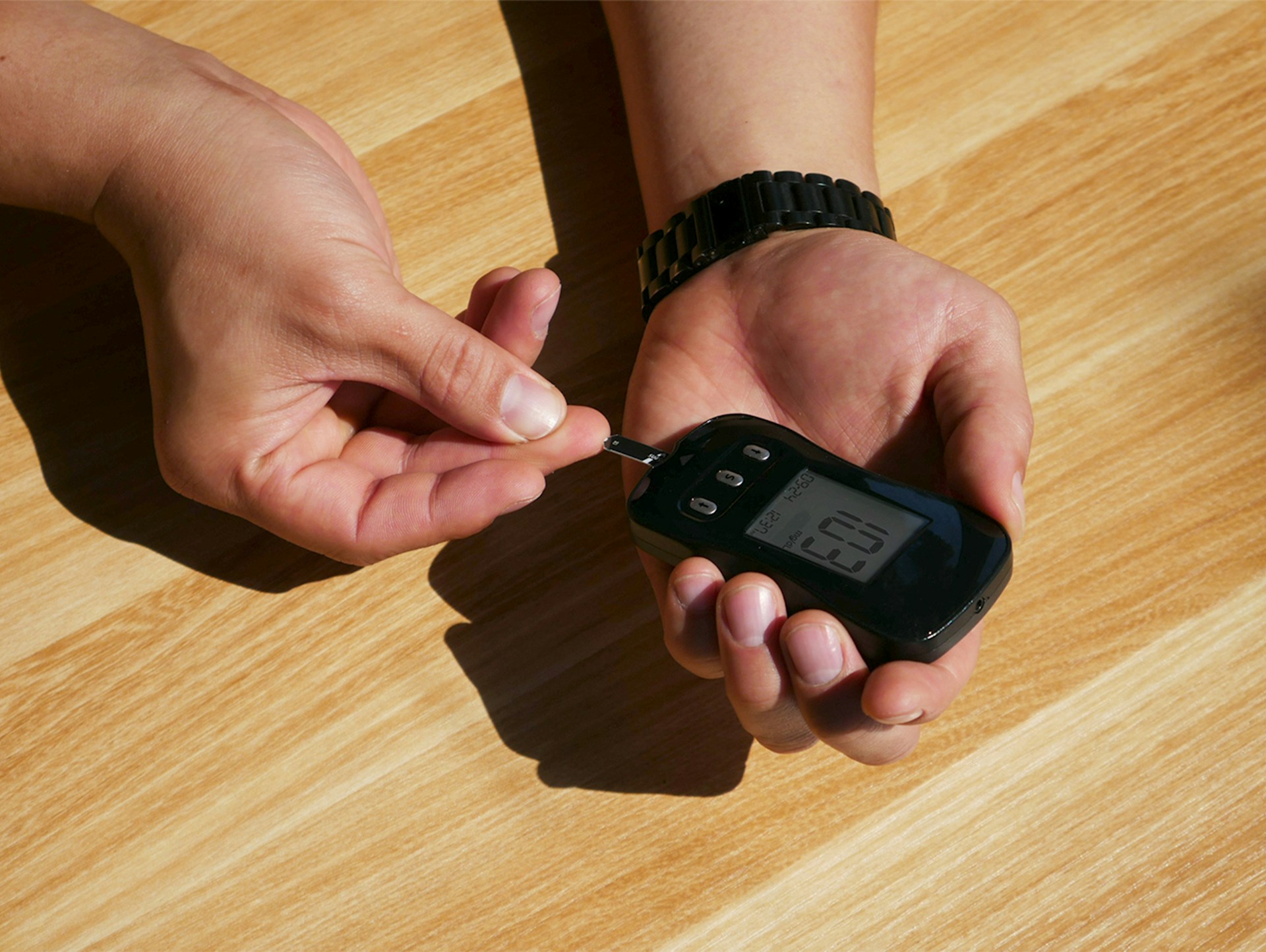Advanced Blood Testing: How Modern Analyzers Are Revolutionizing Healthcare Diagnostics
Blood testing serves as one of the most vital diagnostic tools in modern medicine, providing healthcare professionals with crucial insights into a patient's overall health status. Recent technological advancements have transformed traditional blood analysis into sophisticated, highly accurate diagnostic procedures that deliver faster results with minimal sample volumes. These innovations are changing how medical professionals diagnose conditions, monitor treatments, and develop personalized healthcare plans for patients worldwide.
Transforming Healthcare: The Role of Advanced Blood Analyzers
Blood analyzers have undergone remarkable evolution from simple manual testing methods to sophisticated automated systems. Today’s advanced analyzers can simultaneously process dozens of parameters from a single blood sample, delivering comprehensive health insights within minutes. These modern systems integrate multiple technologies including spectrophotometry, flow cytometry, and mass spectrometry to evaluate blood components with unprecedented precision.
Healthcare facilities implementing next-generation analyzers report significant improvements in workflow efficiency, with some laboratories increasing their testing capacity by 40-60% while reducing result turnaround times from days to hours. This efficiency directly translates to quicker diagnoses and treatment decisions, particularly crucial in emergency and critical care settings where time-sensitive decisions can significantly impact patient outcomes.
Unlocking Precision: How New Blood Analyzers Improve Diagnostics
The diagnostic capabilities of modern blood analyzers extend well beyond traditional complete blood counts (CBCs) and basic metabolic profiles. Current systems can detect subtle changes in blood composition that might indicate disease in its earliest stages, sometimes before patients show noticeable symptoms.
For instance, advanced hematology analyzers can now identify abnormal cell populations that may signal leukemia or other blood disorders with greater sensitivity than ever before. Similarly, sophisticated chemistry analyzers can measure cardiac markers with precision that was impossible just a decade ago, allowing for earlier intervention in cardiovascular conditions. This higher level of precision contributes significantly to preventative healthcare approaches by enabling earlier detection and intervention.
The improvement in analytical sensitivity also means that many tests now require smaller blood samples—an important advancement for pediatric patients, the elderly, and those requiring frequent monitoring. Where traditional tests might require several milliliters of blood, today’s microsampling techniques can often achieve accurate results with just a few drops.
Cutting-Edge Blood Analyzers Shaping the Future of Healthcare
The integration of artificial intelligence and machine learning algorithms represents perhaps the most transformative development in blood analysis technology. These systems can identify patterns in blood test results that might escape human detection, potentially recognizing disease signatures before they become clinically apparent. Some AI-enabled analyzers can correlate current results with patient history, medication profiles, and even genetic information to provide context-rich interpretations.
Point-of-care testing capabilities have expanded dramatically with portable blood analyzers that can perform comprehensive panels outside traditional laboratory settings. These devices bring sophisticated diagnostic capabilities to remote locations, underserved communities, and emergency response situations. The democratization of advanced blood testing technology helps address healthcare disparities by making critical diagnostic tools more widely accessible.
Looking forward, emerging technologies like microfluidics and nanoscale detection methods promise even greater advances. These innovations may eventually enable continuous monitoring of blood parameters through minimally invasive wearable devices, allowing for real-time health monitoring and immediate detection of concerning changes.
Blood Analyzer Technology: Comparing Leading Systems
The market for advanced blood analyzers includes systems with varying capabilities designed for different healthcare settings. Understanding the features and applications of different analyzer types can help healthcare facilities select appropriate technology for their specific needs.
| Analyzer Type | Typical Applications | Key Features | Approximate Price Range |
|---|---|---|---|
| Hematology Analyzers | Complete blood counts, white cell differentials | 5-part WBC differentiation, high throughput | $30,000-$150,000 |
| Clinical Chemistry Analyzers | Metabolic panels, enzyme tests, lipid profiles | Random access testing, high throughput | $50,000-$200,000 |
| Immunoassay Analyzers | Hormone levels, tumor markers, therapeutic drug monitoring | High sensitivity, specific antibody detection | $75,000-$250,000 |
| Point-of-Care Analyzers | Emergency departments, ambulatory care | Portable, rapid results (5-15 minutes) | $5,000-$30,000 |
| Integrated Systems | Core hospital laboratories | Combined chemistry, immunoassay, and hematology testing | $300,000-$1,000,000+ |
Prices, rates, or cost estimates mentioned in this article are based on the latest available information but may change over time. Independent research is advised before making financial decisions.
Implementation Considerations for Healthcare Facilities
Adopting advanced blood analyzer technology requires careful planning and consideration of various factors. Initial investment costs extend beyond the analyzer itself to include staff training, facility modifications, information system integration, and ongoing maintenance contracts. However, these investments often yield substantial returns through improved efficiency, reduced labor costs, and enhanced diagnostic capabilities.
Healthcare facilities must also consider the physical space requirements, power supply needs, and IT infrastructure necessary to support advanced analyzers. Most modern systems require integration with laboratory information systems and electronic health records to maximize their utility and streamline workflows. This integration enables automatic result reporting, trend analysis, and quality control monitoring that can significantly enhance clinical decision-making.
Regulatory compliance remains another critical consideration, with requirements varying by region. Facilities must ensure that their chosen analyzer systems meet local standards for laboratory diagnostics and maintain appropriate calibration and quality assurance protocols.
Conclusion
Advanced blood analyzers represent a cornerstone of modern healthcare’s diagnostic infrastructure, enabling more accurate, comprehensive, and accessible testing than ever before. As these technologies continue to evolve with AI integration, miniaturization, and enhanced sensitivity, their impact on healthcare delivery will only increase. These innovations are not merely improving laboratory efficiency but fundamentally transforming how diseases are detected, monitored, and treated—ultimately contributing to better patient outcomes across the healthcare spectrum.
This article is for informational purposes only and should not be considered medical advice. Please consult a qualified healthcare professional for personalized guidance and treatment.





